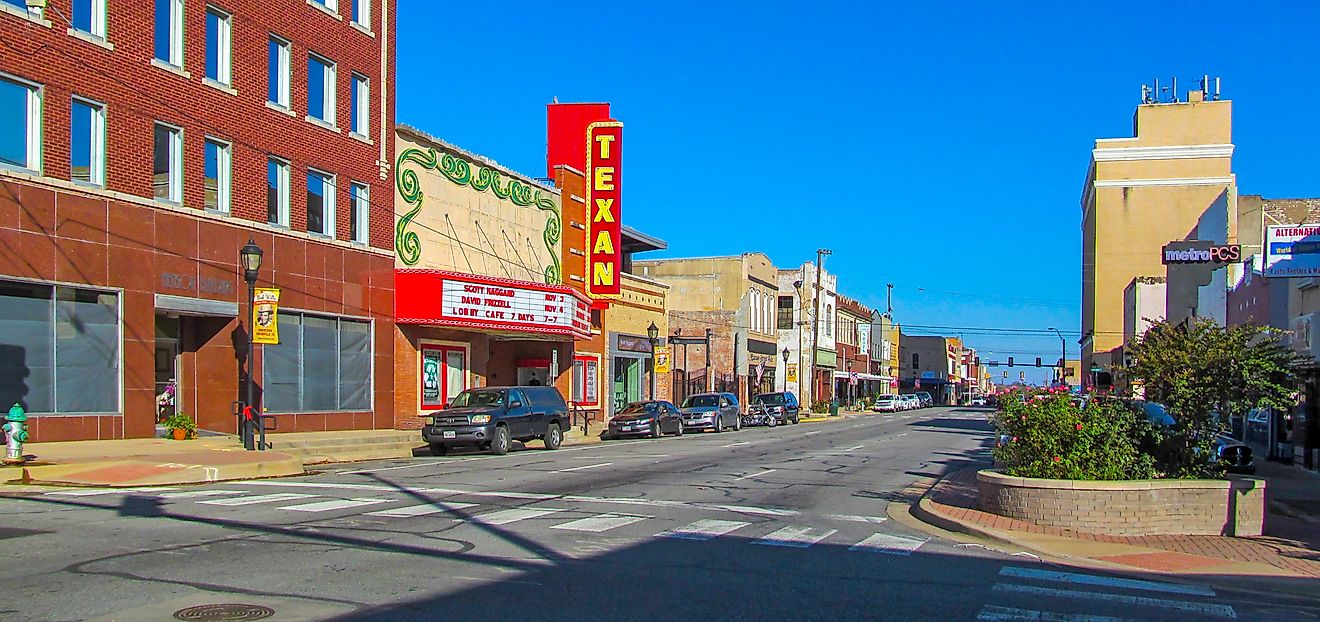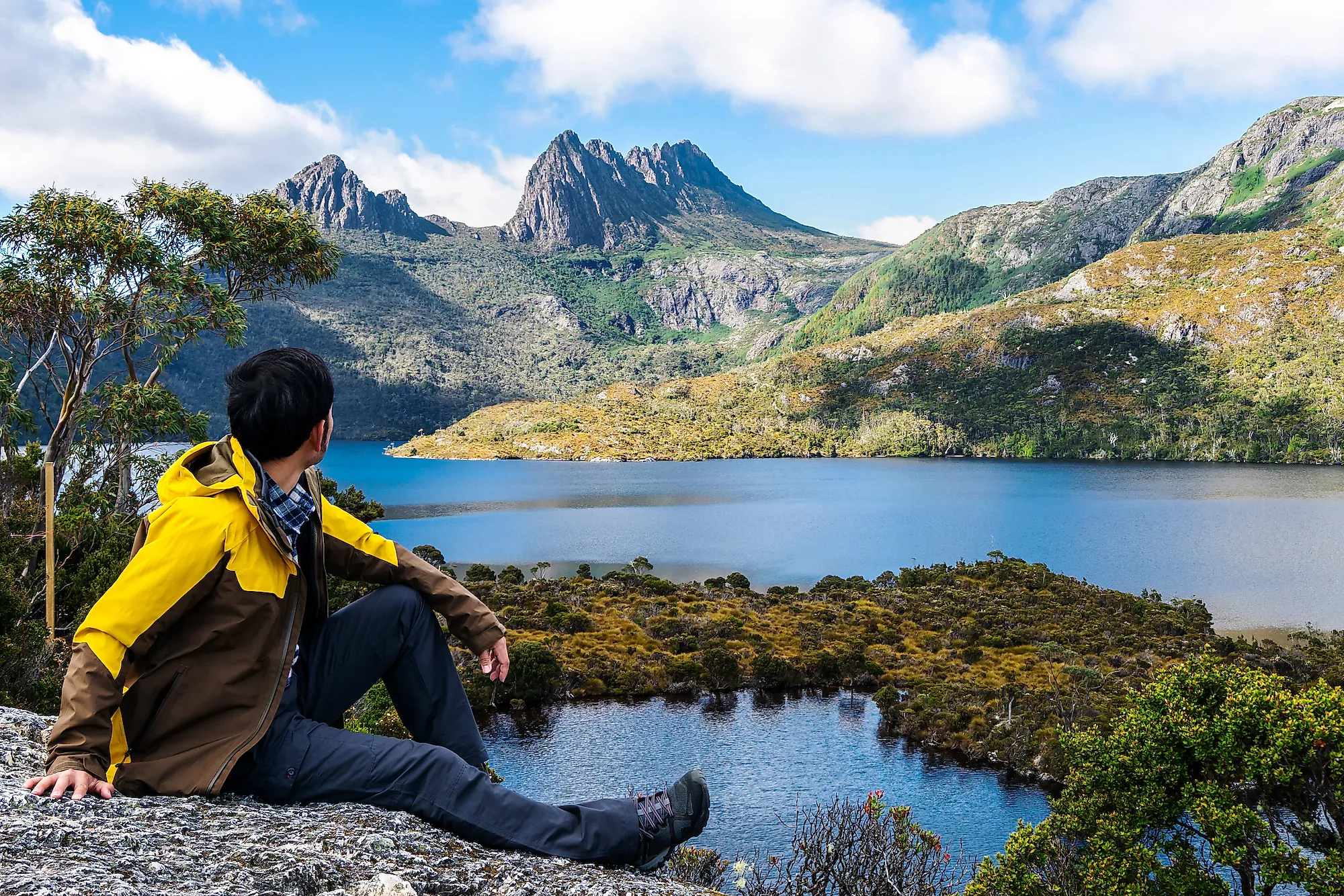
8 Perfect Destinations for a Long Weekend in Tasmania
Tasmania may sit 240 kilometers off the southern coast of Australia, but when it comes to natural beauty and cultural depth, it’s right at the center of attention. Compact yet diverse, the island is made for long weekends: within just a few days, you can climb rugged peaks, sip award-winning wines, explore colonial towns, and watch the ocean erupt through a granite blowhole. Each region feels like its own world, yet they’re all connected by the island’s wild landscapes, fresh produce, and rich history.
This guide highlights eight of Tasmania’s most memorable long-weekend destinations — from the convict stories of Richmond and the foodie buzz of Hobart to the untamed west coast at Strahan and the fiery coastlines of the Bay of Fires. Whether you’re a hiker chasing panoramic trails, a wildlife enthusiast keen to spot quolls and platypuses, or simply someone who wants to unwind with oysters and sparkling wine, these places capture the best of Tasmania in bite-sized escapes.
Hobart
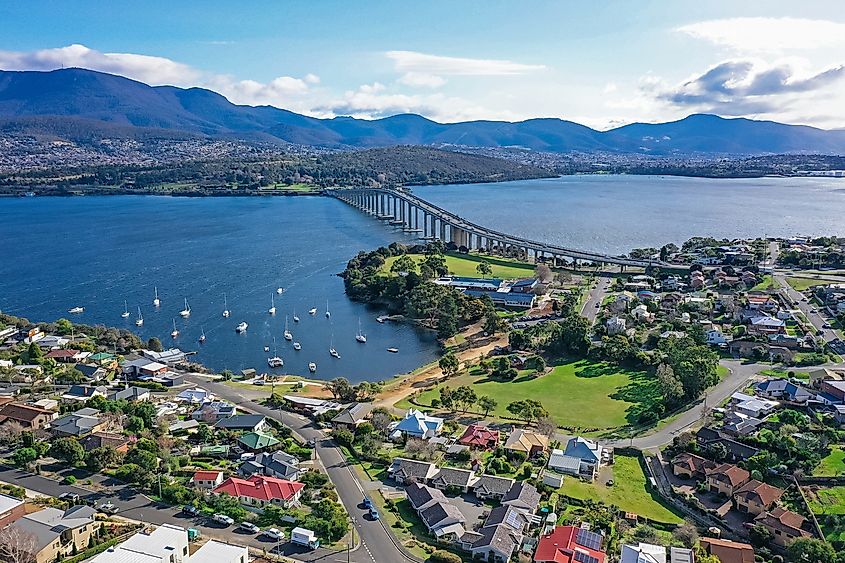
Tasmania’s capital city blends seafaring heritage with a vibrant modern energy, making it the perfect place to start your long-weekend adventure. Perched on the River Derwent at the island’s southern tip, Hobart still carries the charm of its port-town roots, yet surprises visitors with world-class dining, buzzing markets, and a thriving arts scene.
Kunanyi/Mount Wellington dominates the skyline, its summit offering sweeping views across the city and coast. Trails wind through alpine landscapes, from gentle paths to demanding climbs, and the ever-changing weather makes every visit feel different. Pinnacle Road allows easy access year-round, but don’t forget to pack a jacket — the conditions can shift quickly.
History lovers should explore Port Arthur, a UNESCO World Heritage Site that preserves the haunting remains of a former penal settlement. Set against rolling lawns and rugged sea cliffs, the stone ruins tell powerful stories of Tasmania’s convict past.
Back in the city, a stroll through Salamanca Place is a must. Once bustling warehouses during the whaling boom of the 1830s, the restored sandstone buildings now house stylish cafes, art galleries, bars, and boutiques. Every Saturday, the iconic Salamanca Market brings the area to life with fresh produce, crafts, and local delicacies.
And for a taste of local tradition, head to the Cascade Brewery. Established in 1824 and framed by Gothic-style architecture, it’s the oldest operating brewery in Australia. Tours reveal its fascinating history and, of course, finish with a refreshing tasting session.
Bruny Island
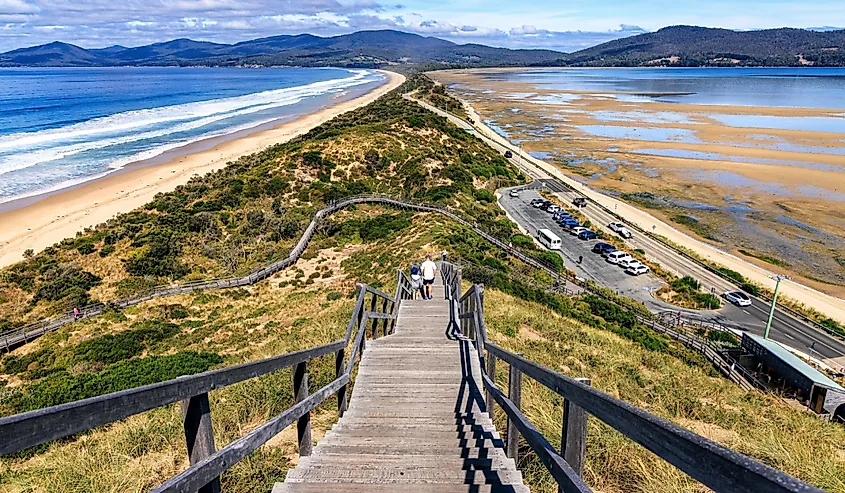
Just a short ferry ride from Kettering, Bruny Island feels like a world away. Famous for its striking scenery, rich wildlife, and mouthwatering food scene, it’s the kind of destination that keeps travelers coming back. The island is split into two distinct landscapes — open farmland in the north and lush rainforest in the south — connected by a slender strip of land known as The Neck, which offers unforgettable panoramic views from its lookout.
Nature lovers will find plenty to explore. The Inala Jurassic Garden is a living window into the prehistoric past, showcasing more than 750 plant species whose origins trace back to the ancient Gondwana supercontinent. Walking among these unique collections feels like stepping into another era.
On the southern tip of the island stands the historic Cape Bruny Lighthouse, built by convicts in 1836. Rising 13 meters above the rugged cliffs, it was once Australia’s longest continuously staffed lighthouse. Today, it remains an atmospheric spot to learn about maritime history while gazing out over the endless Southern Ocean.
For a dose of adventure, hop aboard a Bruny Island Cruise. The journey skirts some of the tallest sea cliffs in Australia, with every bend revealing dramatic rock formations and hidden caves. Keep your eyes peeled for seals basking on the rocks, seabirds soaring overhead, and even dolphins or migrating whales depending on the season.
Foodies won’t leave disappointed either — Bruny is celebrated for its artisan cheeses, freshly shucked oysters, handmade chocolates, and even locally distilled single malt whisky. Pair a tasting tour with the island’s coastal walks and you’ll have the perfect recipe for a Tasmanian long weekend.
Bay of Fires
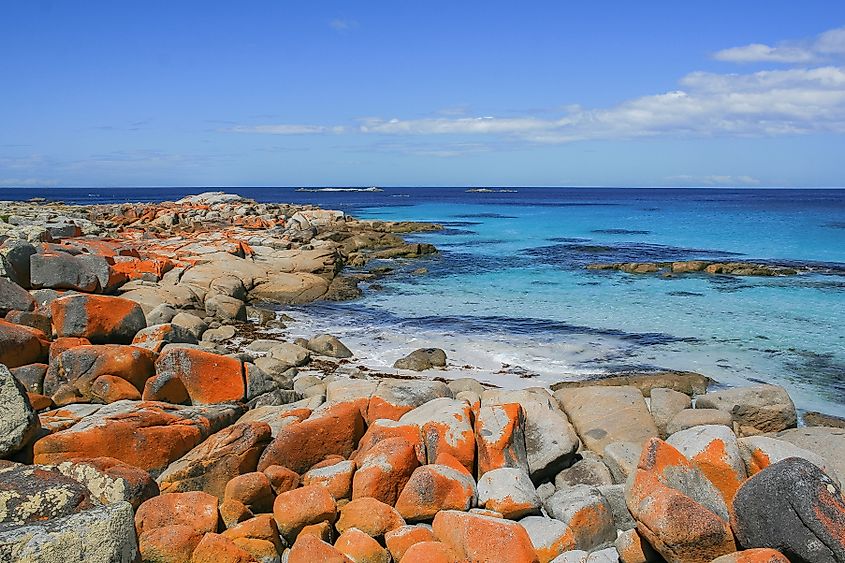
Stretching for more than 50 kilometers along Tasmania’s northeast coast, the Bay of Fires is one of the island’s most photogenic destinations. From Binalong Bay in the south to Eddystone Point in the north, this coastline is a dazzling mix of powdery white sand, turquoise waters, and striking granite boulders coated in vivid orange lichen.
At the northern end, Mount William National Park showcases the region’s untamed beauty. Wide beaches meet windswept grasslands, and the 216-meter summit of Wukalina/Mount William rewards hikers with sweeping views across to the Furneaux Islands. Keep an eye out for Forester kangaroos, wombats, and wallabies that often graze at dawn and dusk.
For thrill-seekers, the Bay of Fires Trail is a must. This 42-kilometer mountain biking route starts high in the Blue Tier mountains and winds its way down to Swimcart Beach, taking riders from dense rainforest to sparkling coastline in one unforgettable journey. Shuttle services from St. Helens and Derby make it easy to plan the adventure.
When it comes to staying overnight, the Bay of Fires Bush Retreat blends comfort with a rustic setting. Surrounded by bushland yet only minutes from the beach, it features stylish communal spaces, a well-equipped kitchen, and a platter bar offering fresh meals and breakfast options.
Whether you’re snorkeling among colorful marine life, surfing the waves at Binalong Bay, or simply strolling along endless stretches of pristine sand, the Bay of Fires promises a perfect mix of relaxation and adventure.
Tamar Valley
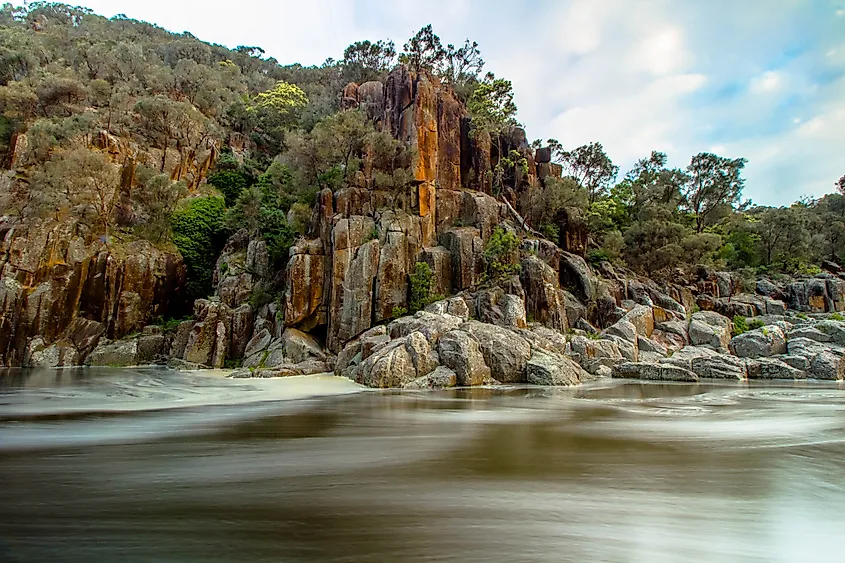
Flowing from Launceston to Bass Strait, the Tamar Valley is a scenic tidal estuary that doubles as the birthplace of Tasmania’s wine industry. With rolling vineyards, charming towns, and sweeping water views, it’s a region that invites you to slow down and savor both the landscape and the glass in your hand.
The Tamar Valley Wine Trail links more than 30 wineries scattered across lush countryside. On the eastern side, sparkling wine shines, with producers like Jansz Wine Room, Clover Hill Wines, and Pipers Brook Vineyard making their mark with méthode traditionelle vintages — sometimes affectionately called “méthode Tasmanoise.” On the western bank, smaller estates such as Holm Oak Vineyards offer an intimate tasting experience, where Pinot the resident pig is as much of a star as the wines.
Families and wildlife lovers should make a stop at Beauty Point, home to Seahorse World and Platypus House. These side-by-side attractions showcase some of Tasmania’s most fascinating creatures, from delicate weedy seadragons and giant crabs to the elusive platypus and quirky echidna. Seeing these animals up close in daylight conditions is a rare treat that’s only possible here.
At the mouth of the Tamar River, the Low Head Pilot Station Historic Site adds another layer to the region’s charm. Established in 1806, it’s Australia’s oldest pilot station and now a collection of restored cottages and a maritime museum. Inside the convict-built Pilots’ Row, visitors of all ages can get hands-on with exhibits — ringing a ship’s bell, trying out Morse code, or sounding a foghorn.
Cradle Mountain
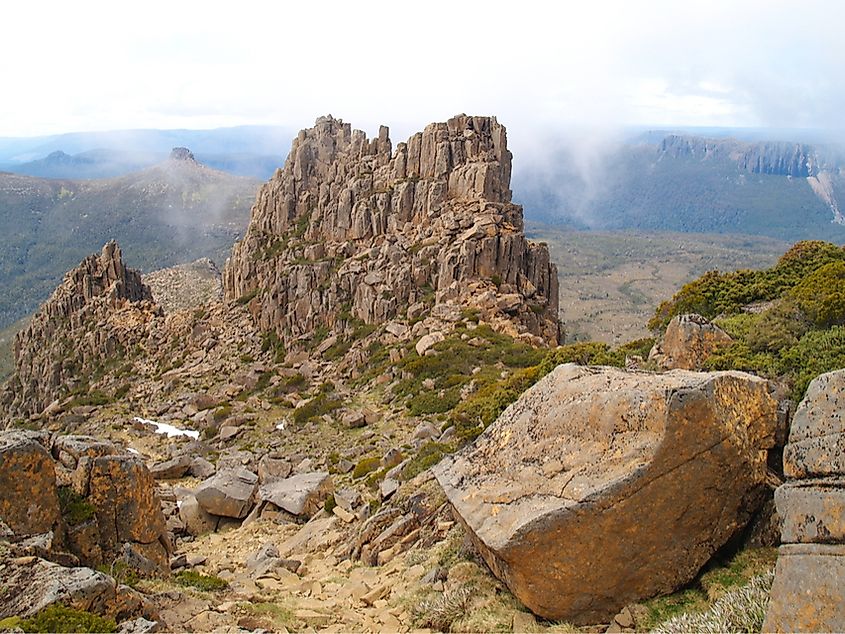
With jagged peaks, glacier-carved lakes, and ancient rainforests, Cradle Mountain-Lake St. Clair National Park captures the raw beauty of Tasmania’s World Heritage-listed wilderness. Covering part of the million-hectare Tasmanian Wilderness World Heritage Area, this park is the ultimate playground for hikers, wildlife lovers, and anyone craving a deep connection with nature.
The name “Cradle Mountain” isn’t a nod to baby beds, as many assume, but to the mountain’s resemblance to a gold miner’s cradle. Whatever the origin, its rugged silhouette has become one of Tasmania’s most photographed landmarks.
For walkers, the park offers everything from gentle boardwalks to demanding alpine climbs. The Dove Lake Circuit is a standout — a six-kilometer loop beneath the mountain’s towering cliffs. This trail circles the glacial lake, winding past buttongrass fields, myrtle forests, and stands of King Billy pine, with uninterrupted views of Cradle Mountain itself.
At the southern end of the park lies Lake St. Clair, Australia’s deepest freshwater lake. Framed by forested slopes and mirrored skies, it’s an ideal base for exploring via Derwent Bridge, where visitors can start hikes or simply soak in the stillness of the landscape.
Wildlife is another highlight. The Devils@Cradle sanctuary, located at the park’s entrance, is a conservation facility dedicated to protecting Tasmania’s most iconic species: the Tasmanian devil, Eastern quoll, and spotted-tail quoll. A visit here offers rare insight into these nocturnal creatures and the efforts being made to secure their survival.
Strahan
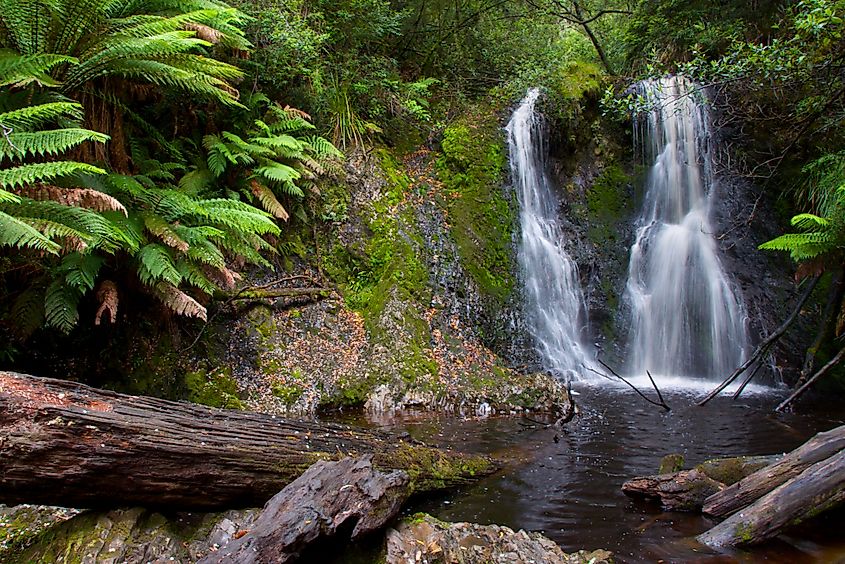
Set on the northern edge of Macquarie Harbour, the small town of Strahan is often described as the doorway to Tasmania’s wild west. Located 298 kilometers from Hobart and just 41 kilometers from Queenstown, it’s surrounded by national parks, lush forests, and waters that hold centuries of stories. With its blend of outdoor adventure, fresh local food, and convict-era history, Strahan makes an unforgettable long-weekend escape.
The must-do experience here is the Gordon River Cruise, which carries visitors deep into the heart of the Tasmanian Wilderness World Heritage Area. Sailing across Macquarie Harbour, the cruise passes Hell’s Gates, the famously narrow channel where the harbor meets the Southern Ocean. Stops include Heritage Landing, where you can walk among ancient Huon pines, and Sarah Island, once a brutal penal colony whose ruins reveal tales of hardship and survival.
Back on land, lace up your walking shoes for Hogarth Falls, one of Tasmania’s 60 Great Short Walks. The track winds gently through towering eucalypts and rainforest filled with sassafras, leatherwood, and myrtle before reaching the waterfall — a hidden gem just minutes from the town center.
For overnight stays, the BIG4 Strahan Holiday Retreat offers 11 acres of leafy grounds with streams that platypuses call home. Its mix of cabins and cottages provides a comfortable base to explore the west coast at your own pace.
Richmond
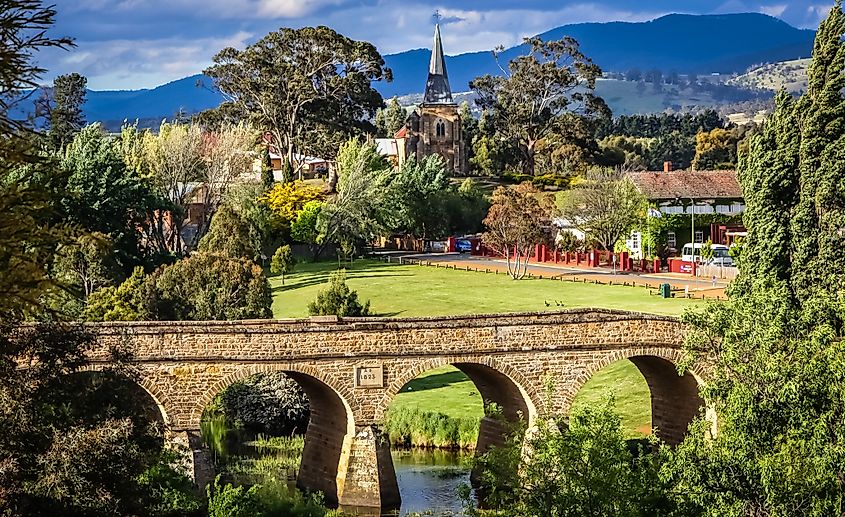
Just 24 kilometers northeast of Hobart, Richmond is a postcard-perfect town in the Coal River Valley wine region. With its colonial streetscapes, gourmet cafes, and proximity to southern Tasmania’s attractions, it makes for an easy day trip from the capital — or a rewarding stopover en route to Freycinet and the east coast.
History is woven into every corner of Richmond, with more than 50 heritage-listed buildings dating back to the 1820s. Walking its streets feels like stepping back in time, yet the town’s galleries, museums, and eateries add a vibrant modern touch.
The town’s most photographed site is the Richmond Bridge, the oldest bridge in Australia still in use. Built by convicts in 1825 from local sandstone, it has stood for nearly two centuries as both a symbol of Tasmania’s colonial past and a charming backdrop for picnics along the Coal River.
Equally fascinating is the Richmond Gaol, the country’s oldest surviving prison. Operating from 1825 until 1928, it offers self-guided tours through cramped cells and solitary confinement chambers, bringing to life the harsh realities faced by convicts. Stories of infamous inmates, including Ikey Solomon — said to have inspired Dickens’ Fagin — add an extra layer of intrigue.
But Richmond isn’t all sandstone solemnity. The award-winning Pooseum gives the town a quirky twist. This one-of-a-kind science museum dives into the surprisingly fascinating world of animal droppings, with interactive displays, videos, and even artwork crafted from digestive oddities. It’s equal parts educational and entertaining, and guaranteed to spark conversation long after your visit.
Bicheno
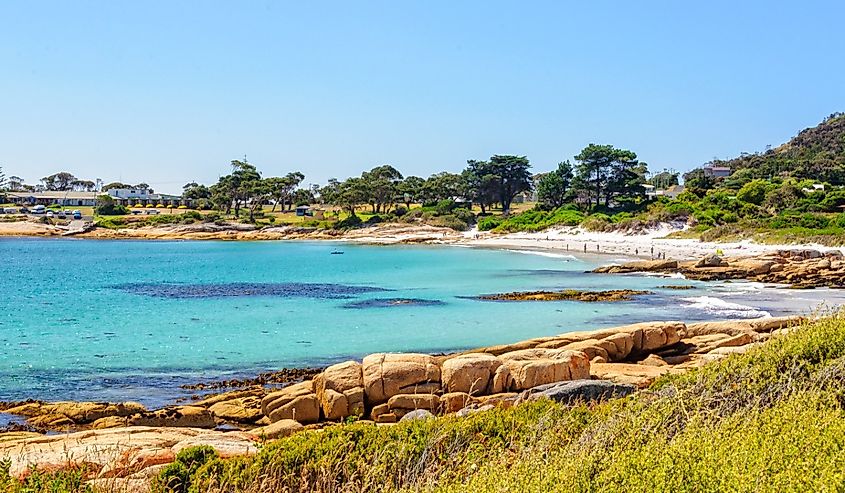
On Tasmania’s stunning east coast, Bicheno is a laid-back fishing town nestled between Douglas-Apsley National Park and Freycinet National Park. Just under two hours from Launceston and about 2.5 hours from Hobart, it’s a favorite getaway for locals and visitors alike — whether you’re chasing adventure, family-friendly fun, or simply a slower pace by the sea.
Bicheno’s star attraction is its blowhole — a granite sea cave carved out by centuries of crashing waves. Water surges through with surprising force — even on calm days — sending geysers skyward in ever-changing patterns. It’s both playful and dramatic, especially when the ocean is rough, so be sure to keep a safe distance as you watch nature’s power on display.
Just inland from Bicheno on Tasmania’s east coast, Douglas-Apsley National Park is a lesser-known gem that offers rugged beauty, rare wildlife, and a refreshing contrast to the nearby beaches. Spanning dry eucalypt forests, rocky gorges, heathlands, and river valleys, the park protects one of the state’s last remaining tracts of uncleared dry forest. This unique landscape is home to several endangered plant and animal species, making it a vital conservation area as well as an unforgettable place to explore. One of the park’s biggest draws is its secluded swimming holes, tucked into the Douglas and Apsley river gorges.
Back in town, Redbill Beach is Bicheno’s go-to surf spot. This one-kilometer stretch of sand faces east into the waves, and at low tide you can even walk across to Diamond Island — just tread carefully and watch the tides. A coastal walking trail connects Redbill Point to Waubs Bay, offering ocean views and plenty of places to pause along the way.
What makes Tasmania so rewarding is how seamlessly adventure and relaxation intertwine. You can spend one day tackling alpine trails in Cradle Mountain and the next wandering markets in Salamanca Place; dive into the turquoise waters of Bicheno in the morning, then sample fine vintages in the Tamar Valley by afternoon.
In the end, these eight destinations prove that Tasmania is perfectly built for long weekends. It’s a place where natural wonders and human stories collide, where every road leads to something unexpected, and where even a few days can feel like a complete escape.
